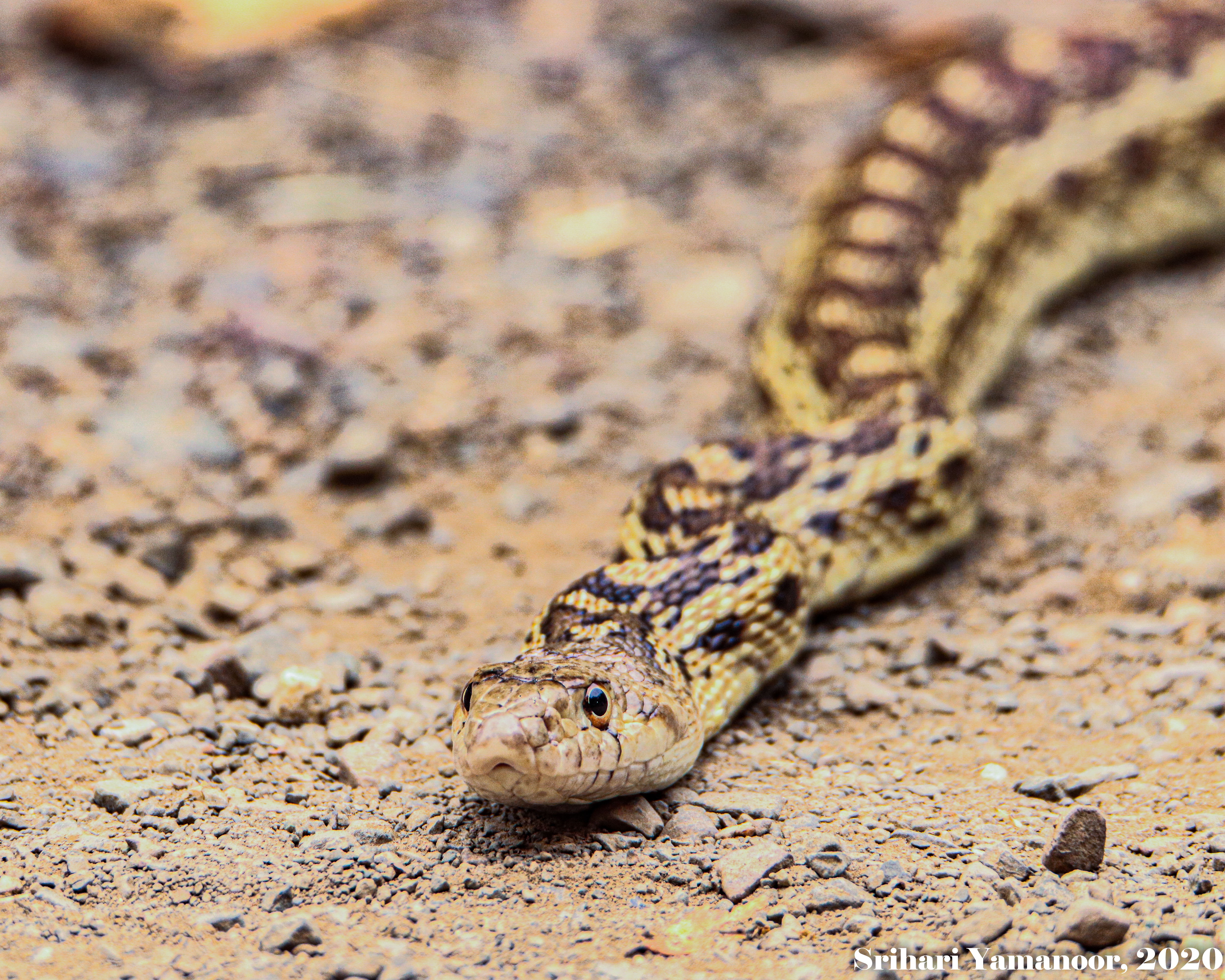
Every year, March 3rd happens to mark the World Wildlife Day, since UN declared it to be so, in late 2023. It is a day when we think about wildlife, conservation, poaching, the illicit trade in wildlife, or their body parts thereof.
The UN decided to make this day more of a thematic day, with each year being unique. At its outset this is a great idea, and this year’s theme is
Connecting People and Planet: Exploring Digital Innovation in Wildlife Conservation

Credit: CHENG Hui Xin
This is a pretty good theme. It can mean anything from citizen science efforts based on photography or other forms of observation and reporting, to the use of technology specific to conservation, such as the use of drones to track wildlife, poachers and a whole host of other variables.
I surmise, included in this, can also be digital tools that help combat climate change. With floods, wildfires, and other catastrophic consequences of climate change already here, making life on the planet quite challenging for all species, solutions may be far away, but we should sense, capture, and try to protect wildlife the best we can now.
Radical Ideas
In the larger scheme of things though, we already have a great grasp of the routine tools, the implementation of techniques and technologies that have become available to us over the decades. It is no longer odd that we regularly use satellites, blinds, cams of all kinds, drones, and much more. This is the surveillance part, allowing us to collect data, analyze results, document what we study and propose solutions. However, it is time we work on the solutions themselves, as we keep running out of time.
The concept of digitizing DNA has been around for a while now. We should make such technological innovations, and besides things like the physical seed banks hidden somewhere in Europe, we should also start digitizing DNA and preserve a diverse, representative sample from each species, trying to grab the DNA structures of as many species as possible. Such a project will not only provide us an opportunity to restore species once such solutions are feasible, it will also allow us to expand the reach of phylogenetics and other biological sciences vastly.
The above is but one solution of many that are available out there. This World Wildlife Day, let us explore how digital tools can complement physical tools and allow us to protect wildlife and biodiversity on this planet before it is too late.
Charitable Contributions
When I come across such events, I try my best to contribute a little to causes. I didn’t necessarily stick to this year’s digital technologies theme, but I donated a little cash to the California Wildlife Foundation, which I randomly selected. (I am not soliciting; I am just stating what I have done myself.) I specifically donated to the California Oaks project they have, which I found rather fitting, as many times, when we think of wildlife, we only think of fauna and not the flora and their role in supporting the fauna.
Until Next Time, Happy World Wildlife Day!
References:
- UN World Wildlife Day Site: https://www.wildlifeday.org/en
- UN 2024 World Wildlife Day Resource Materials: https://www.wildlifeday.org/en/materials
- California Wildlife Foundation: https://www.californiawildlifefoundation.org/
